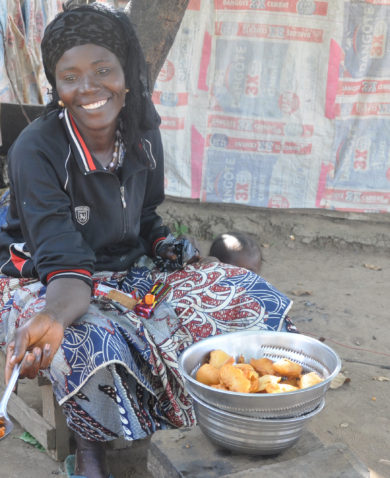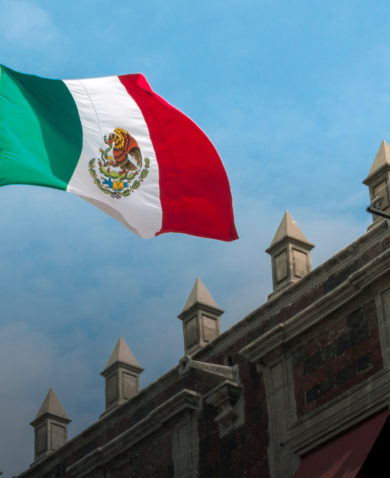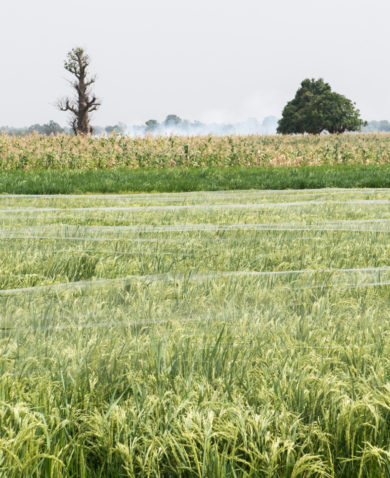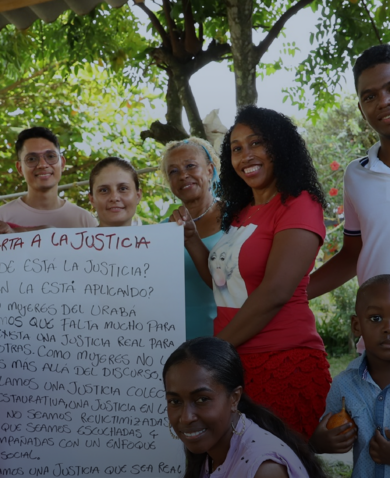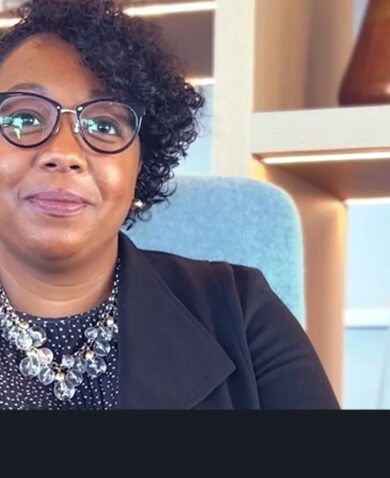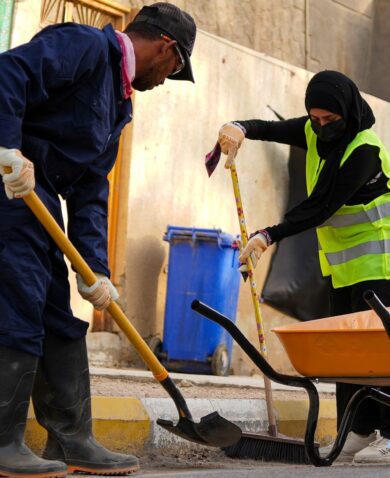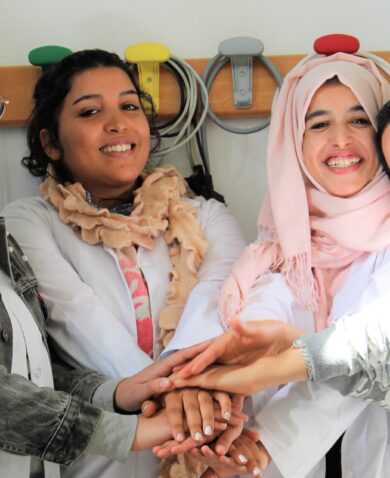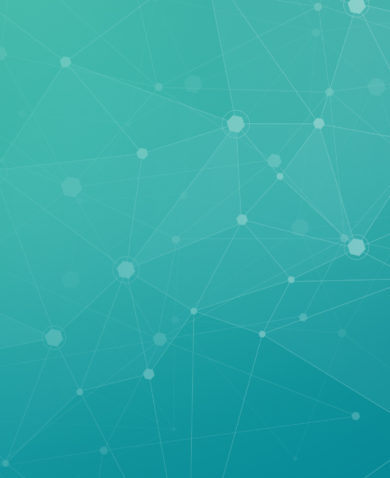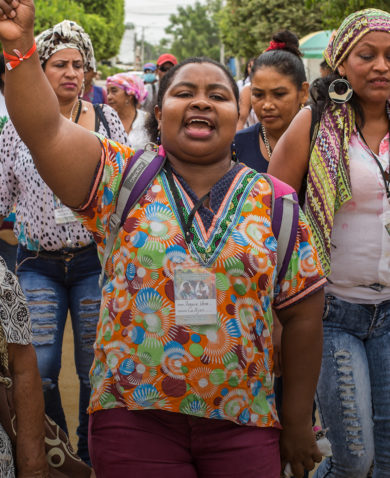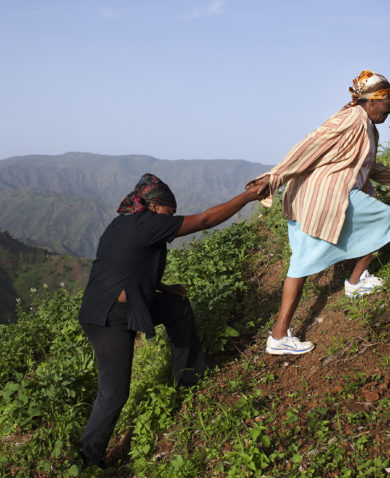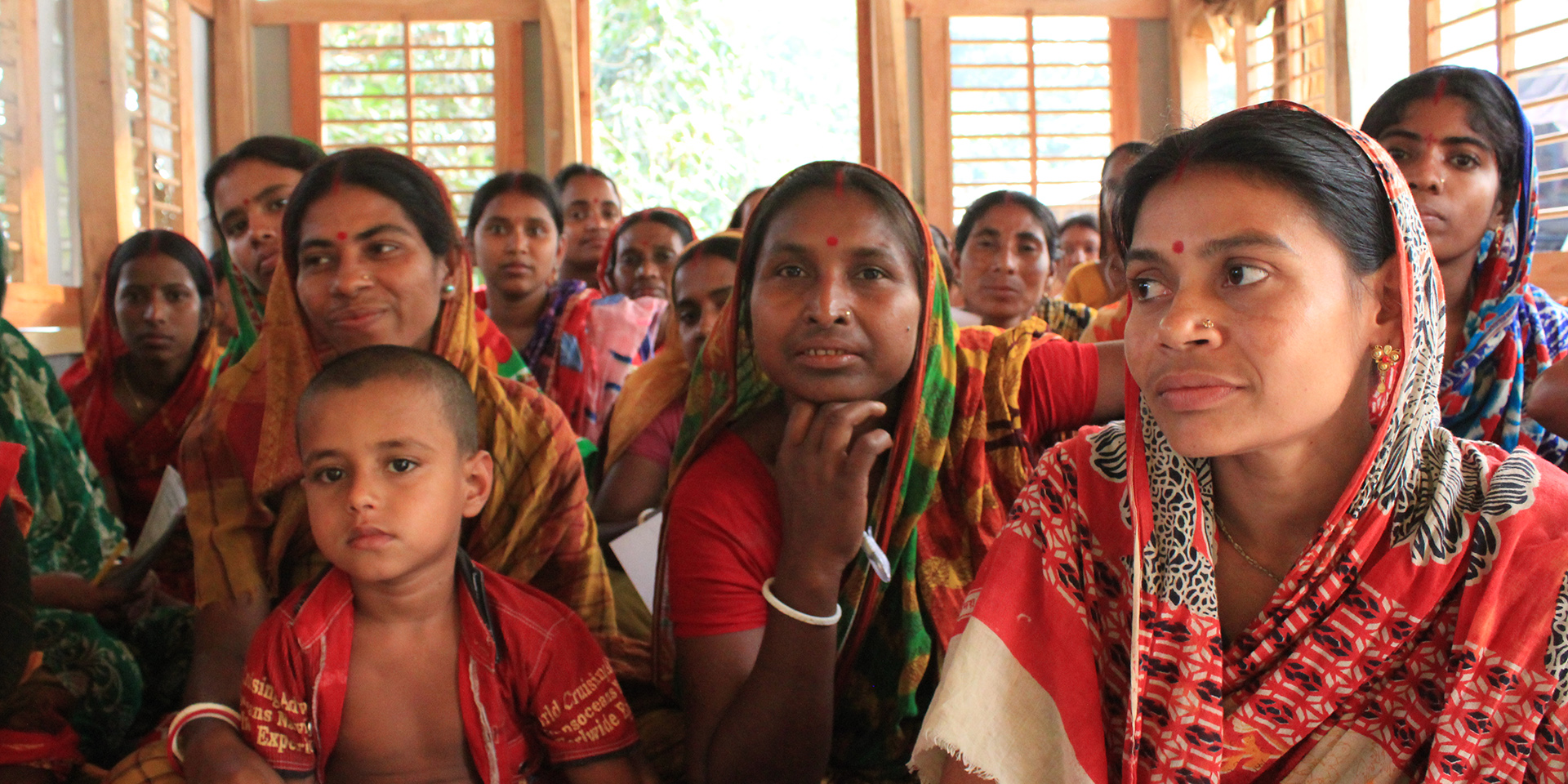
Know Your SDGs: We Can’t Secure Gender Equality Without Addressing Culture
September 16, 2015 | 4 Minute ReadSDG 5 aims to “achieve gender equality and empower all women and girls."
Sustainable Development Goal (SDG) 5, “achieve gender equality and empower all women and girls,” isn’t a new addition in the realm of development goals. It follows on the heels of Millennium Development Goal (MDG) 3, which sought to “promote gender equality and empower women.”
However, while the MDG goal focused solely on equality in education, wage labor, and participation in government, proposed Sustainable Development Goal 5 includes six specific targets that address major barriers to gender equality and female empowerment. These include:
- Ending all forms of discrimination against women and girls
- Eliminating all forms of violence against women and girls
- Eliminating harmful practices
- Recognizing and valuing unpaid care and domestic work
- Ensuring women’s full and effective participation in political, economic and public life
- Ensuring universal access to sexual and reproductive health
- Undertaking reforms to give women equal rights to economic resources
- Enhancing the use of enabling technology
- Adopting and strengthening policies for the promotion of gender equality and women’s empowerment
As a practitioner working in this field, I’m glad to see that these issues are metrics used to evaluate the degree to which we truly are helping societies achieve gender equality. However, as I look through these targets I notice how closely tied these targets are to gender identities which are significantly impacted by culture. I’m reminded of a recent comment made to me during a gender assessment when I asked why a highly educated man wouldn’t support his sister to work in a male-dominated office. “It’s cultural” he said, and later explained how his community would think his family immoral for allowing a young woman to work in a mostly male-dominated public space. Whenever gender-related issues are discussed, the same cultural comments are repeated to justify why things are the way they are. Thus, it’s important that we recognize the influence of culture on addressing these challenges.
Development practitioners tend to overlook or minimize the impact of culture on development because it’s difficult to measure. Culture has no numerical value. You can’t assign it a percentage. Culture is the “fluffy feeling” we tend to stay away from because it’s not recognized in program metrics or quantified in performance reports—or worse because we don’t want to portray our differences as an “us vs. them” division. Not only is culture intangible, but there’s a fear of addressing culture because of potential faux pas or fear of portraying a “western concept.”
We fail to admit the extent to which culture is part of the fabric of all societies and as such impacts the way things are done. Culture itself is a barrier to gender equality. Culture plays a role in whether a policy is ultimately implemented, on whether caregiving is attributed to work experience, on whether a woman can make a decision on how many children she has.
Take for example, the impact of culture on addressing Goal 5, target 5.3—“eliminate all harmful practices, such as child, early and forced marriage and female genital mutilations.” According to the International Center for Research on Women (ICRW), 100 million girls will be married before the age of 18 in the coming decade. A majority of these marriages will happen in Africa and Asia. When you look at the causes of these child marriages, they are often attributed to cultural beliefs such as protecting girls’ sexuality and economic need.
Bangladesh, for example, has the highest rate of child marriage of girls under the age of 15 in the world, despite having legally established a minimum marriage age of 18. The driving force of this continued practice is cultural, such as social pressure on paying dowries, social perceptions on the morality of the family, and social attitudes on the value of women and girls. No amount of laws or alternative livelihood programs alone can stop such harmful practices. Rather, development practitioners will need to recognize the culture surrounding such practices and tailor interventions to address those practices. Understanding the cultural environment in which these harmful practices exist will provide for a much more long-term solution and eventual elimination of such practices.
The six-domain framework provides a structure from which to analyze constraints and opportunities for both men and women within the six domains of a person’s life that influence their inclusion or exclusion in society: access, knowledge/beliefs/perceptions, practices and participation, time and space, legal rights and status, and power/decision making. In the example above, the six-domain framework would highlight the extent to which cultural pressure to protect girl’s honor influences parents’ decisions or practices with regards to following the minimum age of marriage. The framework would identify how a family’s success is tied to their daughter’s marriage, which can be much more valuable than the potential economic resources that same daughter can bring with delayed marriage.
Using a structured analysis framework such as the six-domain framework can help development practitioners understand the root cause of what seems to be simple statements of “it’s cultural.” Considering how culture shapes the various domains of a person’s life can help identify opportunities to help individuals access social benefits and protections, and profoundly influence how to do meaningful development work.
In the words of Wole Sovinka, Nigerian Nobel Laureate, “Culture is a matrix of infinite possibilities and choices. From within the same culture matrix we can extract arguments and strategies for the degradation and ennoblement of our species, for its enslavement or liberation, for the suppression of its productive potential or its enhancement.”
Culture describes the values of a society and recognition of what’s important in people’s lives. Just as culture can be a barrier to gender equality, it can also be a catalyst for gender equality. Luckily, culture isn’t static and changes across time and environments. As we work toward achieving the targets set under Goal 5, we should keep in mind the impact of local, regional and national culture in our programming and interventions.
Curious about the SDGs and post-2015 development agenda? Watch this space. “Know Your SDGs” is a recurring weekly blog series digging into the goals in the lead-up to the United Nations General Assembly and post-2015 development summit later this month.


